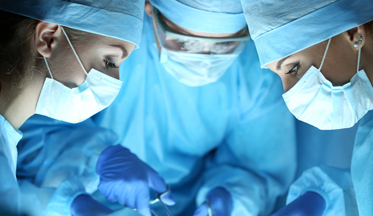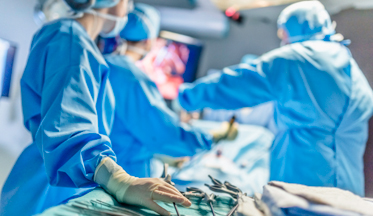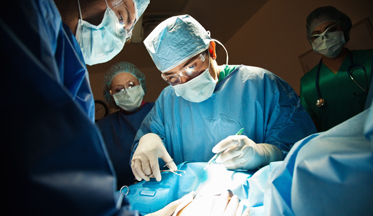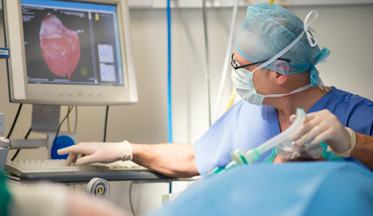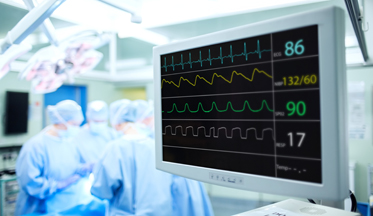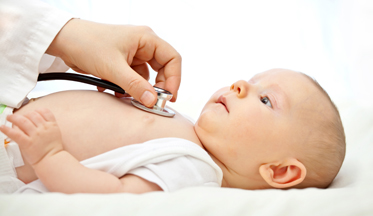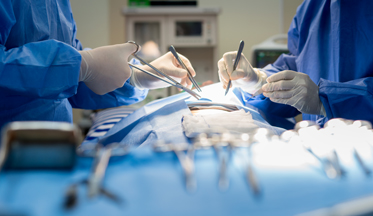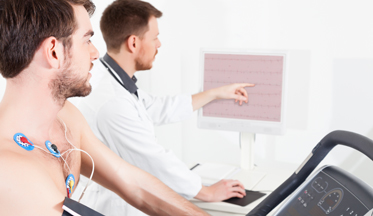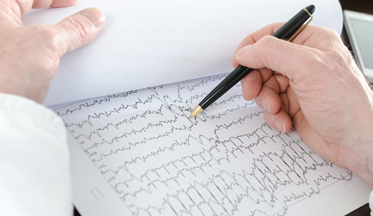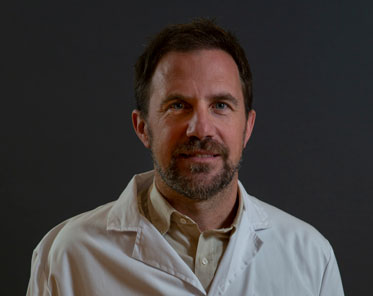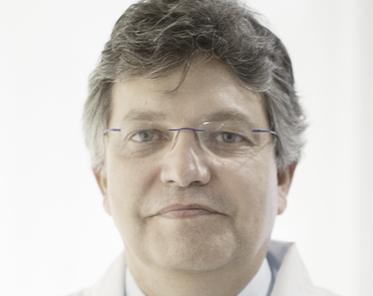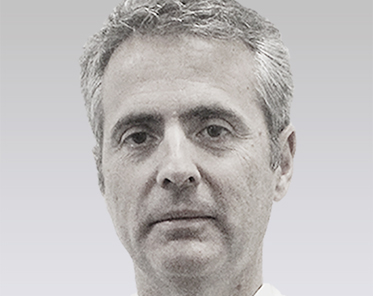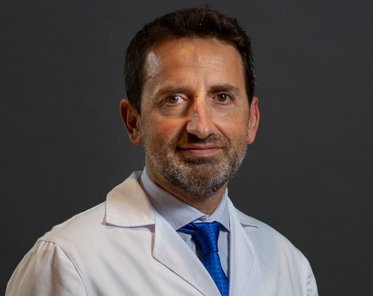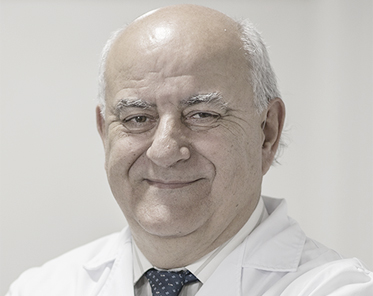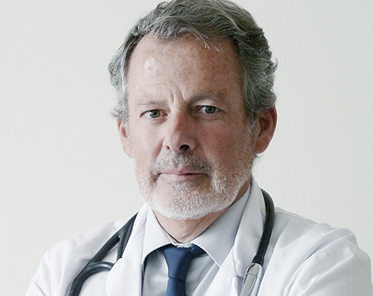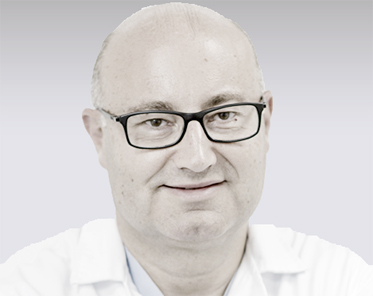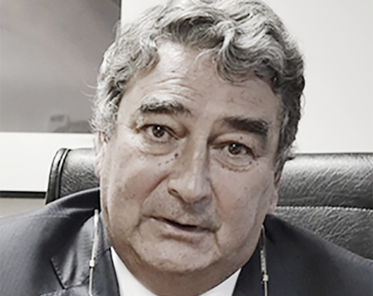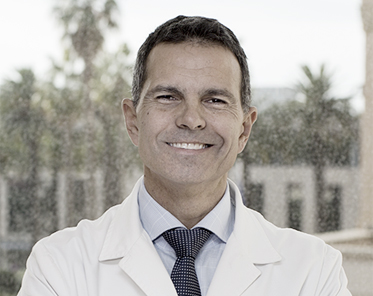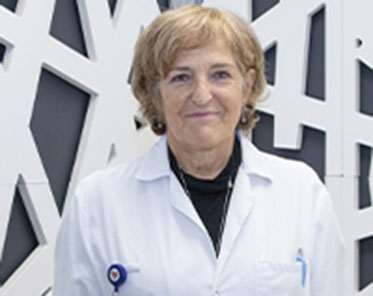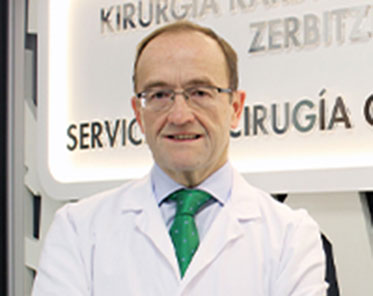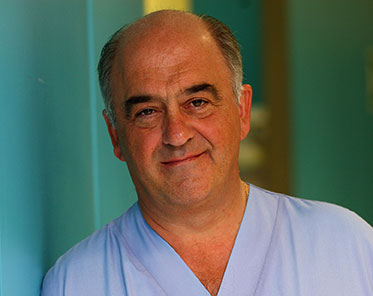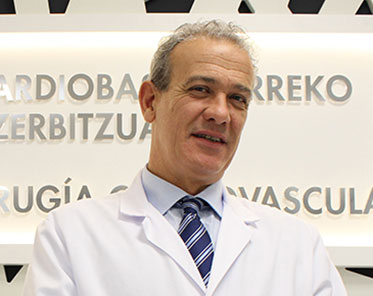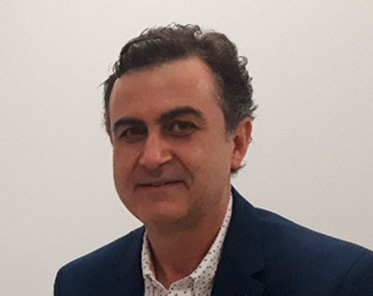Domaine du cœur
Pour prendre soin de votre cœur, nous nous appuyons sur une équipe pluridisciplinaire spécialisée pour prévenir, diagnostiquer et résoudre tous les problèmes cardio-vasculaires, quelle que soit la complexité.
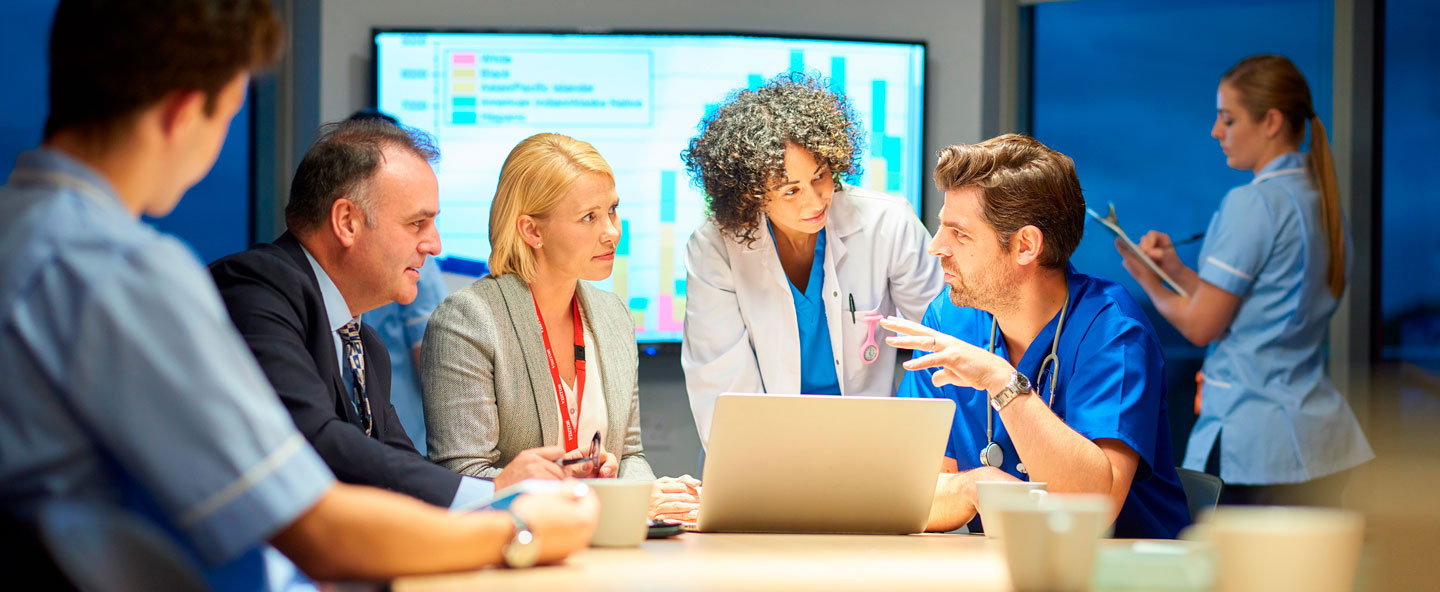


Domaine du cœur
Notre domaine du cœur se repose, en grande partie, sur une équipe médicale très expérimentée dans le diagnostic et le traitement des pathologies coronaires et cardiaques qu’il est possible d’aborder de manière percutanée ; et d’autre part, il dispose d’une haute technologie d’avant-garde tels que des blocs opératoires hybrides où sont exécutées (avec les normes de sécurité les plus élevées) les interventions dans le cadre de la pathologie cardiaque structurelle.
Le service de chirurgie cardiaque est leader dans le traitement chirurgical des maladies cardiaques chez les adultes depuis plus de 15 ans, et les membres du groupe de chirurgiens cardiaques ont pratiqué la chirurgie à cœur ouvert sur plus de 5.000 patients avec des résultats exceptionnels. Nous voulons fournir les meilleures solutions chirurgicales, y compris pour les personnes dont le cas a été refusé par d’autres hôpitaux ou qui nécessitent une chirurgie très complexe comme ce sont des patients à haut et très haut risque.
Notre programme de chirurgie cardiaque intelligente implique un contrôle qualité rigoureux des plus hauts standards tout au long de l’intervention chirurgicale (préopératoire, intraopératoire et postopératoire), ce qui en fait l’un des protocoles de chirurgie cardiaque les plus avancés actuellement disponibles au monde. Une équipe très expérimentée de spécialistes en cardiologie travaille selon un processus multidisciplinaire global reposant sur une approche centrée sur le patient qui est très sollicitée.
Le programme de chirurgie cardiaque intelligente comprend la chirurgie coronarienne à cœur ouvert, la chirurgie cardiaque mini-invasive, la chirurgie cardiaque sans saignement et une récupération améliorée après la chirurgie.
Notre programme est régi par les pratiques les plus rigoureuses et les plus strictes en matière de gestion de la qualité des soins de santé, axées sur la prestation des meilleurs soins aux patients et la satisfaction de ces derniers avec une sécurité maximale.
- Notre équipe vise l’excellence et notre objectif est de fournir les meilleurs soins possible à nos patients et à leurs familles.
- À l’heure actuelle, la chirurgie cardiaque peut être pratiquée avec une agression chirurgicale mineure, avec d’excellents résultats et un risque très faible pour le patient.
Notre unité de cardiologie interventionnelle et hémodynamique est composée d’une équipe expérimentée de professionnels à la fine pointe de la technologie pour le diagnostic et le traitement des pathologies coronariennes et cardiaques. Nous réalisons des études de haute précision dans des laboratoires à la pointe de la technologie. Ces dernières années, l’hémodynamique a développé des techniques percutanées pour le traitement des pathologies valvulaires aortiques et mitrales (prothèses valvulaires aortiques percutanées, fermeture des fuites) ou des malformations congénitales (fermeture de courts-circuits) qui, il y a quelques années encore, nécessitaient une correction chirurgicale. De plus en plus de pathologies peuvent être traitées sans chirurgie à cœur ouvert. L’environnement idéal pour réaliser ce type de traitement est sans aucun doute la salle d’opération hybride qui combine les conditions de stérilité de l’environnement chirurgical avec la technologie à rayons X la plus avancée. Pour plus de précision, nous ajoutons également lors des procédures, la superposition d’images fournies par d’autres techniques (ultrasons, échocardiographie, Echo Navigator, tomographie assistée par ordinateur, Heart Navigator).
- -Nous disposons d’une salle d’opération hybride, qui combine les conditions de stérilité de l’environnement chirurgical avec la technologie à rayons X la plus avancée.
-
Pour le diagnostic et le traitement des maladies coronariennes, nous réalisons des études de haute précision dans des laboratoires de pointe.
Avec plus de 35 ans d’expérience et plus de 10.000 chirurgies cardiaques réalisées, notre équipe de spécialistes se charge de toutes sortes de maladies cardiaques congénitales, de l’âge néonatal à l’âge adulte. 70 % des cardiopathies abordées sont complexes, avec un score de gravité Aristote simple supérieur de 8,2 à la moyenne européenne et un taux de survie de 98,2 %.
- Plus de 10.000 cardiopathies opérées, dont 70 % d’une complexité maximale. Nous opérons tous les types de cardiopathies, y compris celles du groupe 4 du score de gravité Aristote simple.
- Une attention personnalisée avec une relation médecin-patient personnelle : 1 médecin pour 1 patient.
- Nous sommes une référence internationale pour les cardiopathies congénitales complexes. Nous offrons une assistance médicale à des patients d’une dizaine de pays.
Nos experts en arythmie réalisent des études électrophysiologiques à des fins diagnostiques et thérapeutiques avec des équipements extrêmement performants. Ils traitent des patients qui ont déjà été diagnostiqués en cardiologie ou en médecine interne et qui ont été envoyés par ces spécialistes au service d’électrophysiologie et d’arythmies pour leur traitement.
Nos spécialistes réalisent des ablations, des études d’arythmie, des traitements avec implantation et surveillance de stimulateurs cardiaques, des cardioversions électriques, des tests de table basculante pour l’étude des syncopes pour cause d’arythmie, ainsi que des Holter pour détecter les arythmies et des Holter tensionnels.
-
Nous disposons de centres qui pratiquent le plus d’ablations pour le traitement de la fibrillation auriculaire, avec un volume plus élevé que les principaux centres du pays.
-
Grâce à notre expérience et à l’utilisation d’une technologie de dernière génération, nous offrons une médecine personnalisée et précise.



